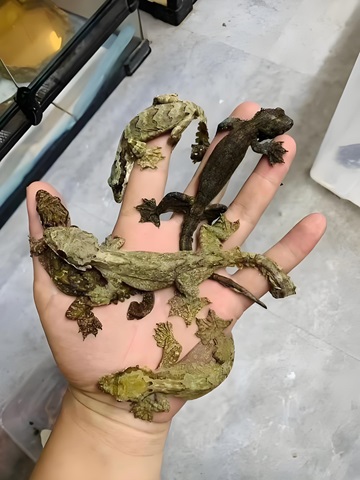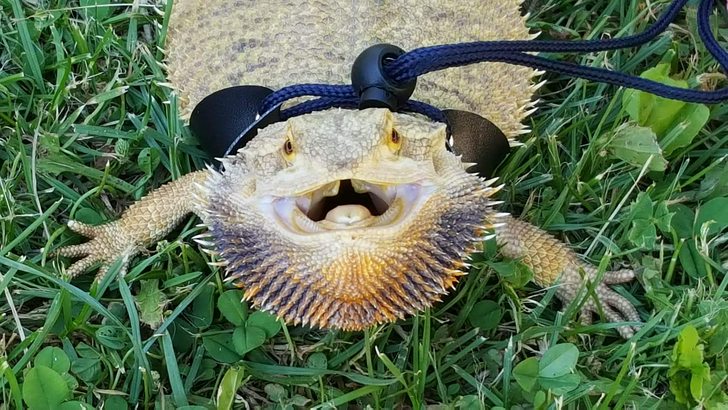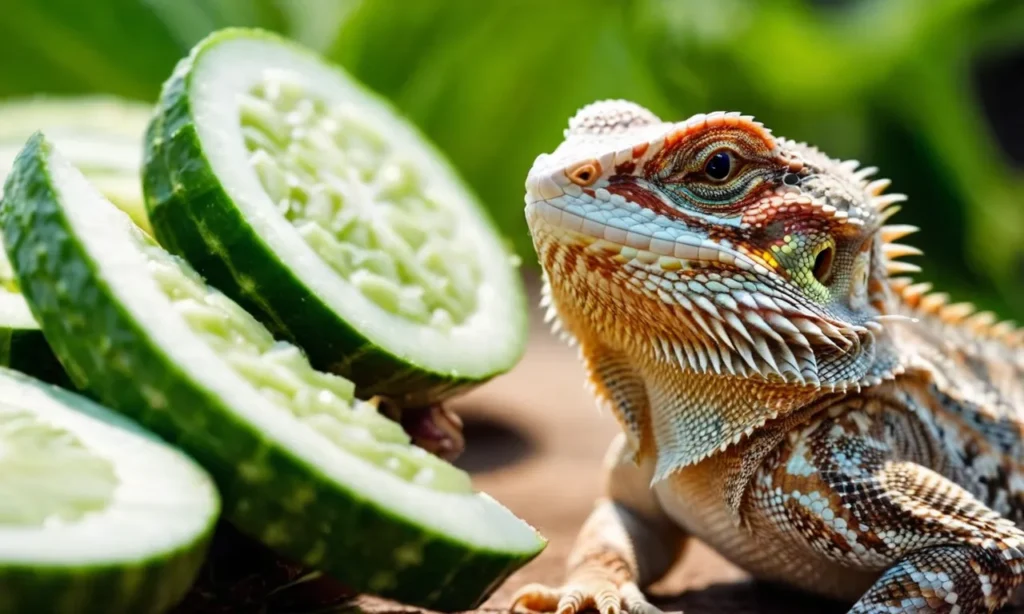Flying geckos, also known as folded tigers, belong to the Gekkonidae family and are reptiles native to Southeast Asia. They have large folds around their bodies, similar to the arboreal frogs of the Hylidae family, the flying dragons of the Agamidae family, and the golden tree snakes of the Colubridae family. These geckos can spread their folds to glide through the forest.
Flying geckos are small in size, typically measuring 12-18 cm in length, with colors primarily in shades of gray and brown, which are rather dull and have bark-like patterns that help them camouflage on trees. They can also produce vocalizations. Currently, all 13 species of flying geckos are no longer classified as a separate genus but are all categorized under the Gekkonidae. Common varieties of flying geckos include: 1.
Common type: with gray-brown or light yellow body color and black spots or stripes. 2. Orange type: with varying degrees of orange body color. 3. Albino type: with white or light yellow body color and red or pink eyes. 4. Giant type: much larger than the common type, reaching over 20 cm. 5. Patterned type: with irregular patterns or patches on the body. 6. Striped type: with distinct stripes or bands on the body.
7. Snowflake type: with small white or light yellow spots on the body.
When keeping flying geckos, it is necessary to prepare a suitable enclosure with branches and green leafy plants to simulate their natural habitat. The temperature should be maintained at 28±4 degrees Celsius, and humidity should be moderate. As flying geckos are more active during the day, it is important to provide UVB light in the enclosure or expose them to sunlight regularly. They can be fed crickets and mealworms, with a diet primarily consisting of feeder insects. These geckos have bold personalities and are not afraid of people, but they will also defend themselves without hesitation when they feel threatened, so caution should be taken to avoid being bitten.


